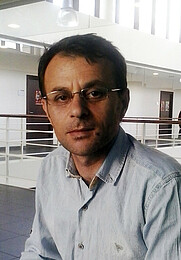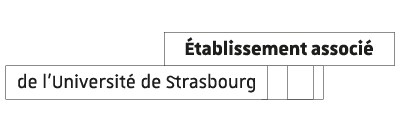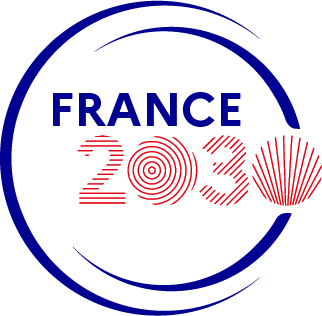Publication date: 26/05/16
ThemesNews
Cheikhmous Ali created an association to raise awareness of the destruction of Syrian heritage and make an inventory of war-damaged historical sites or monuments.
Cheikhmous Ali is a Syrian associated researcher within the research unit Archaeology and Ancient History: Mediterranean area- Europe. In 2012, while he was preparing his thesis at the University, the destruction of monuments and historical sites due to the ongoing conflict in Syria led him to create the Association for the protection of Syrian archaeology (APSA). Since then, armed with his computer and an Internet connection, the expert in ancient Near-Eastern architecture has been alerting government authorities, the scientific community and public opinion of the destruction of these architectural treasures listed as UNESCO World Heritage Sites.
How is you association organised and how can it take action from abroad?
APSA is divided into two groups. The main one is a network of collaborators spread out across Syria who inform us of the damages caused to local heritage through videos and photos. As for us, we study the extent of the damages with archaeologists - and members of the association -, most of whom are part of the Archimede team. We also call upon the expertise of our colleagues at the University and outside, depending on whether it involves places or objects from the Roman, Greek or Byzantine era. This inventory enables us to write and update reports addressed to institutions such as UNESCO or Interpol in case of theft or plundering in museums. The frequency with which we receive information depends on the situation on-site; our work depends on the way the conflict develops.
We have been observing several turnarounds: for instance, Palmyra has been retaken by the government troops at the end of March. Does it guarantee a better protection of heritage sites?
No. The media communicated a lot about what ISIS did in Palmyra, but the city has been suffering damages since 2012. No matter what military organisation is in place, an occupied archaeological building or site is always in danger because it becomes a target. These occupations damage the ground, notably because bulldozers and other earth-moving machines are used to trace roads, dig ditches and create mounds.
Plundering and clandestine excavations are unfortunately a war business and there is always someone to profit from this kind of trafficking. It is dramatic because an object extracted from its geological environment loses all its scientific value, even if we’re talking about a simple piece of ceramic.
What concrete actions will follow APSA’s collection work?
When it is possible, we advise our collaborators in Syria on how to protect or consolidate threatened monuments. We are also called upon in discussions about post-war restoration programmes. Although the war and the humanitarian situation are priorities, the restauration of this cultural heritage demands a lot of reflection and preparation. We will have to be careful to preserve the identity of the archaeological sites and monuments. According to the extent of the damages, this could require years of investment and probable phases of political and scientific negotiations.
-
More information on APSA's website and Facebook page
















